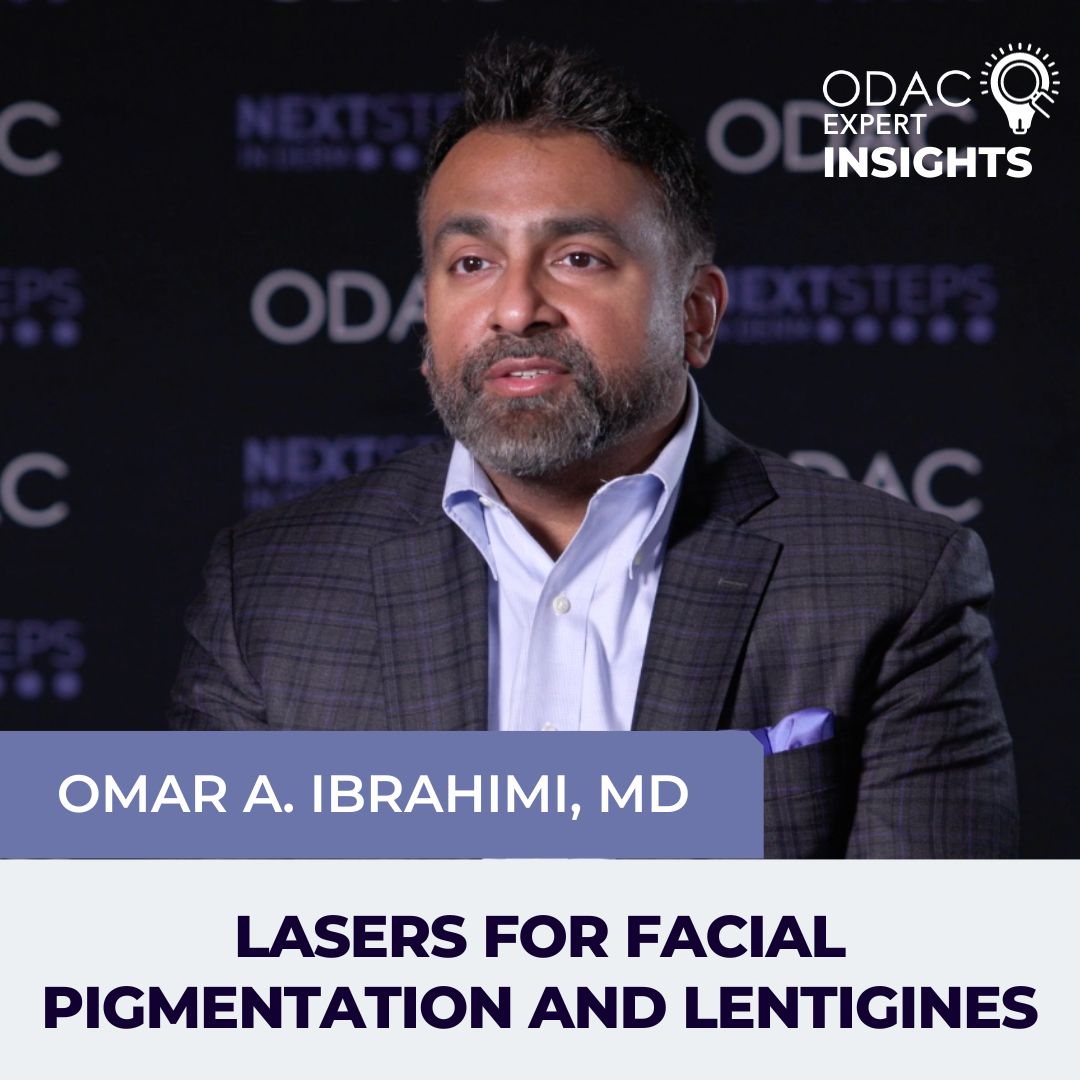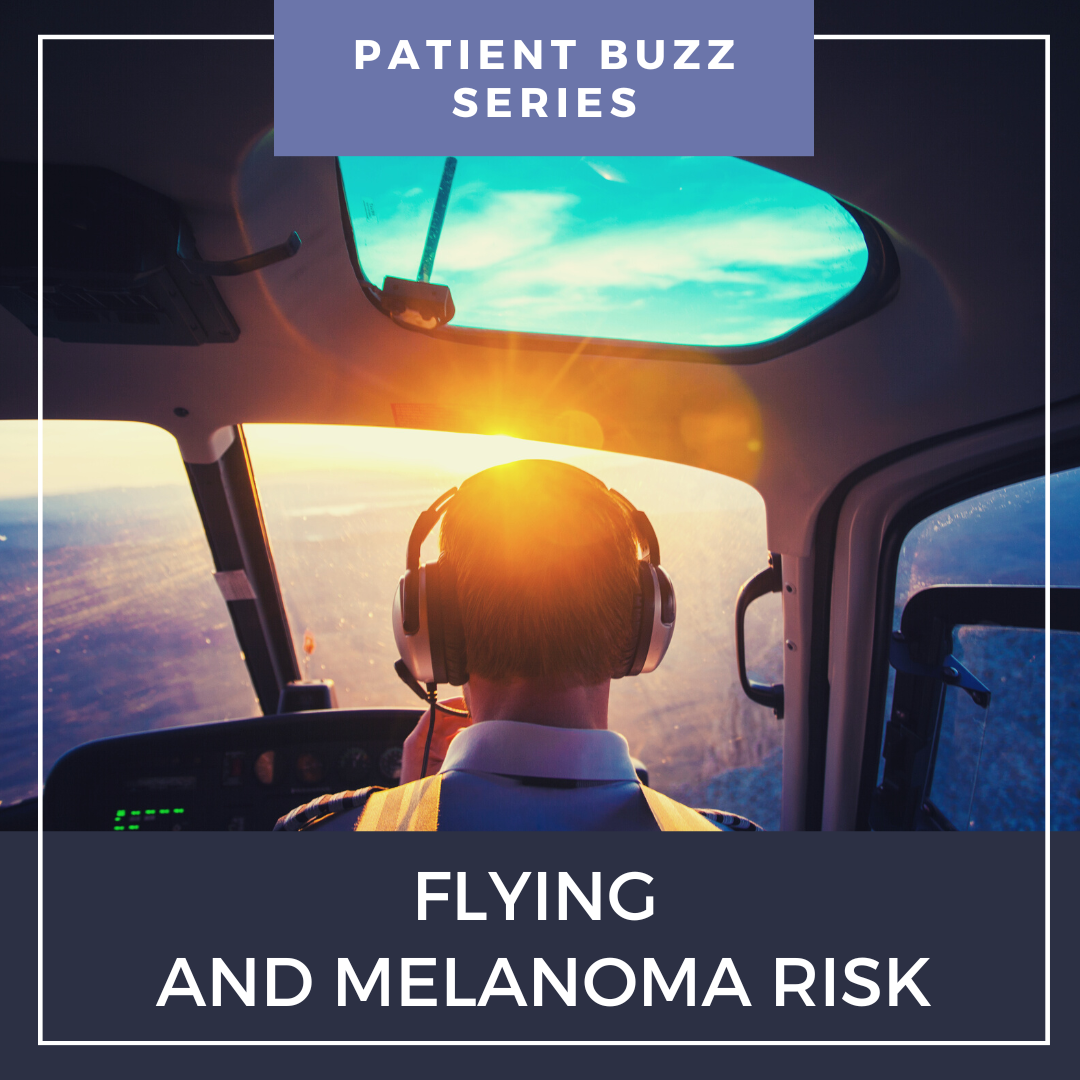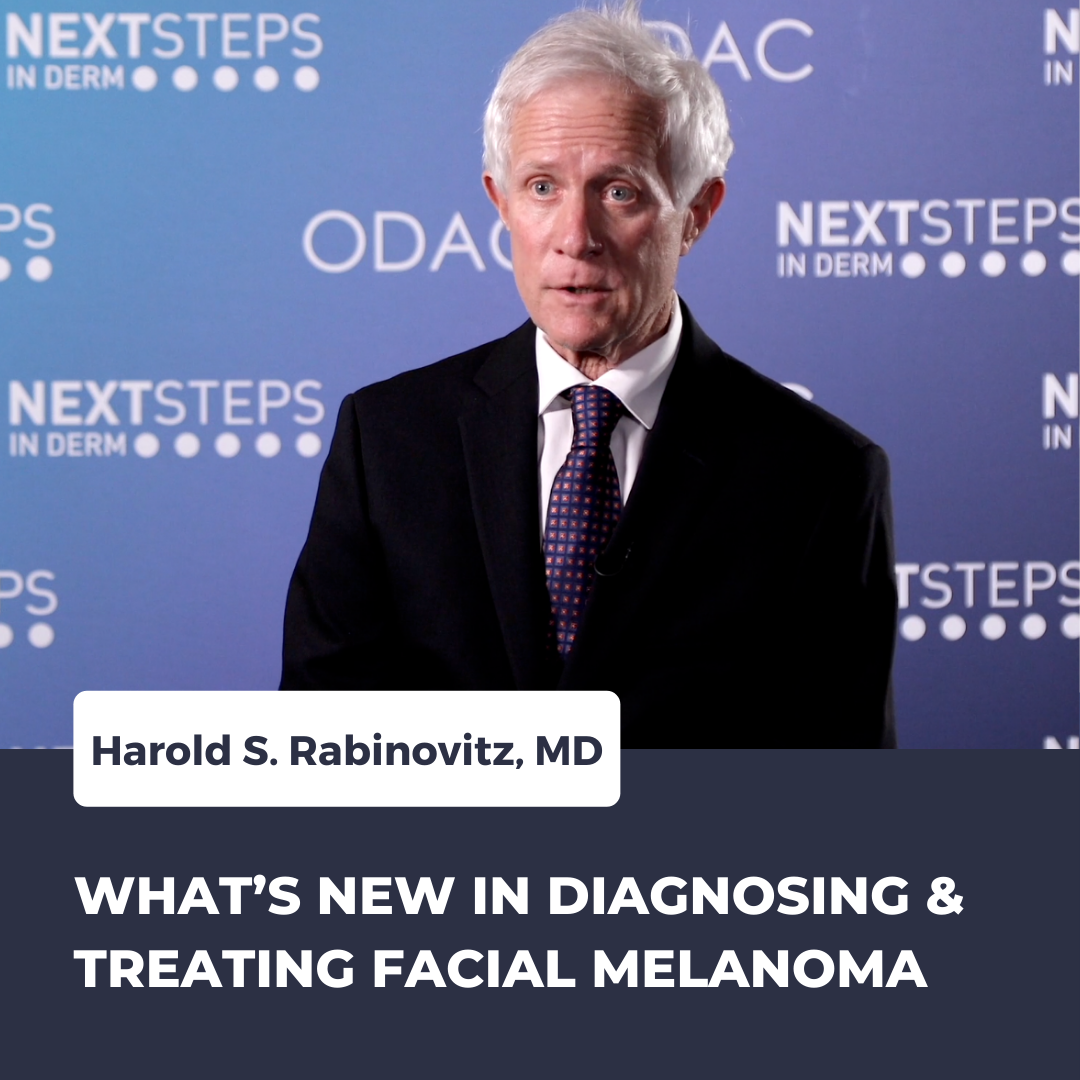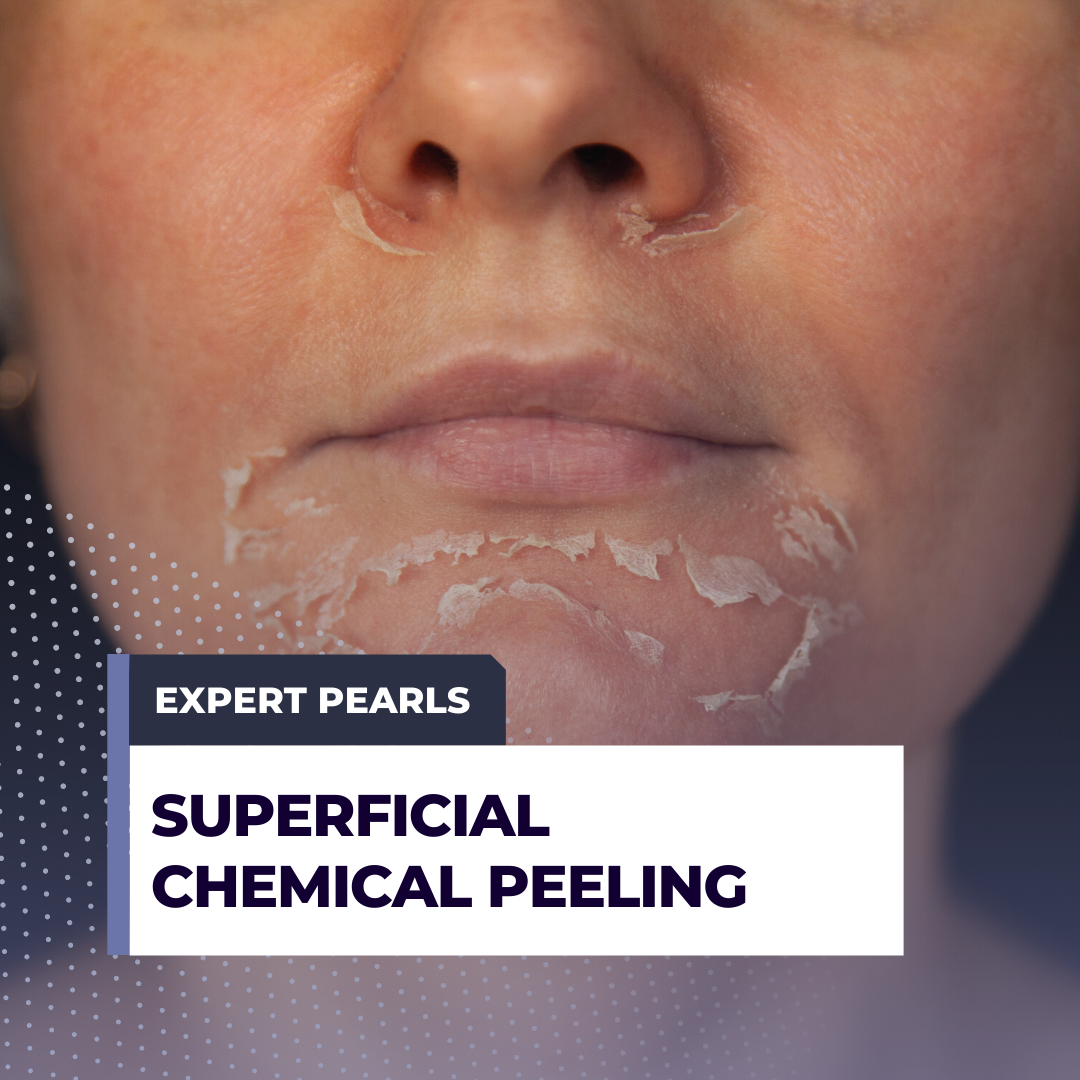Lasers for Facial Pigmentation and Lentigines
181141811418114 Next Steps in Derm, in partnership with ODAC Dermatology, Aesthetic & Surgical Conference, interviewed Dr. Omar Ibrahimi, a laser and cosmetic dermatologist, and Mohs surgeon in private practice in Stamford, Conn. Dr. Ibrahimi has about 40 different devices in his practice. Find out his favorites for treating lentigines, and how a patient’s assessment determines his choice of device. Watch …
Next Steps in Derm, in partnership with ODAC Dermatology, Aesthetic & Surgical Conference, interviewed Dr. Omar Ibrahimi, a laser and cosmetic dermatologist, and Mohs surgeon in private practice in Stamford, Conn. Dr. Ibrahimi has about 40 different devices in his practice. Find out his favorites for treating lentigines, and how a patient’s assessment determines his choice of device. Watch …
 Next Steps in Derm, in partnership with ODAC Dermatology, Aesthetic & Surgical Conference, interviewed Dr. Omar Ibrahimi, a laser and cosmetic dermatologist, and Mohs surgeon in private practice in Stamford, Conn. Dr. Ibrahimi has about 40 different devices in his practice. Find out his favorites for treating lentigines, and how a patient’s assessment determines his choice of device. Watch …
Next Steps in Derm, in partnership with ODAC Dermatology, Aesthetic & Surgical Conference, interviewed Dr. Omar Ibrahimi, a laser and cosmetic dermatologist, and Mohs surgeon in private practice in Stamford, Conn. Dr. Ibrahimi has about 40 different devices in his practice. Find out his favorites for treating lentigines, and how a patient’s assessment determines his choice of device. Watch … Continue reading "Lasers for Facial Pigmentation and Lentigines"


 The link between flying and melanoma made news recently after dermatologist Dr. Joyce Park posted to TikTok about the increased incidence of melanoma in airline pilots. In her post, Dr. Park recommended flyers wear sunscreen or keep the windows shut. She highlighted research published in JAMA Dermatology in 2015 that found the amount of UVA radiation pilots receive in a cockpit during a nearly hou …
The link between flying and melanoma made news recently after dermatologist Dr. Joyce Park posted to TikTok about the increased incidence of melanoma in airline pilots. In her post, Dr. Park recommended flyers wear sunscreen or keep the windows shut. She highlighted research published in JAMA Dermatology in 2015 that found the amount of UVA radiation pilots receive in a cockpit during a nearly hou …  Next Steps in Derm, in partnership with ODAC Dermatology, Aesthetic and Surgical Conference, interviewed Dr. Harold S. Rabinovitz (Professor of Dermatology at Medical College of Georgia) about the latest trends in managing facial melanoma. Watch as he unveils how doctors are better equipped to diagnose patients using new devices, plus the single treatment option he considers a game changer.
…
Next Steps in Derm, in partnership with ODAC Dermatology, Aesthetic and Surgical Conference, interviewed Dr. Harold S. Rabinovitz (Professor of Dermatology at Medical College of Georgia) about the latest trends in managing facial melanoma. Watch as he unveils how doctors are better equipped to diagnose patients using new devices, plus the single treatment option he considers a game changer.
…  Chemical peels are the third most commonly performed noninvasive cosmetic procedure in the United States, with over 1 million peels performed annually.
Peels can treat a variety of skin conditions including acne, conditions of hyperpigmentation, and skin irregularities from chronic sun damage. Multiple peels on a repeated basis are usually necessary to obtain optimal results. The frequency of …
Chemical peels are the third most commonly performed noninvasive cosmetic procedure in the United States, with over 1 million peels performed annually.
Peels can treat a variety of skin conditions including acne, conditions of hyperpigmentation, and skin irregularities from chronic sun damage. Multiple peels on a repeated basis are usually necessary to obtain optimal results. The frequency of …  Tanning beds are NOT safer than the sun.1
More than 419,000 cases of skin cancer in the U.S. each year are linked to indoor tanning.2
Melanoma is the second most common cancer in females age 15-29.3
Tanning = DNA injury to your skin4
Skin exposed to UV radiation increases production of melanin to protect the skin from further damage. The increased melanin causing the tan color change is a si …
Tanning beds are NOT safer than the sun.1
More than 419,000 cases of skin cancer in the U.S. each year are linked to indoor tanning.2
Melanoma is the second most common cancer in females age 15-29.3
Tanning = DNA injury to your skin4
Skin exposed to UV radiation increases production of melanin to protect the skin from further damage. The increased melanin causing the tan color change is a si …